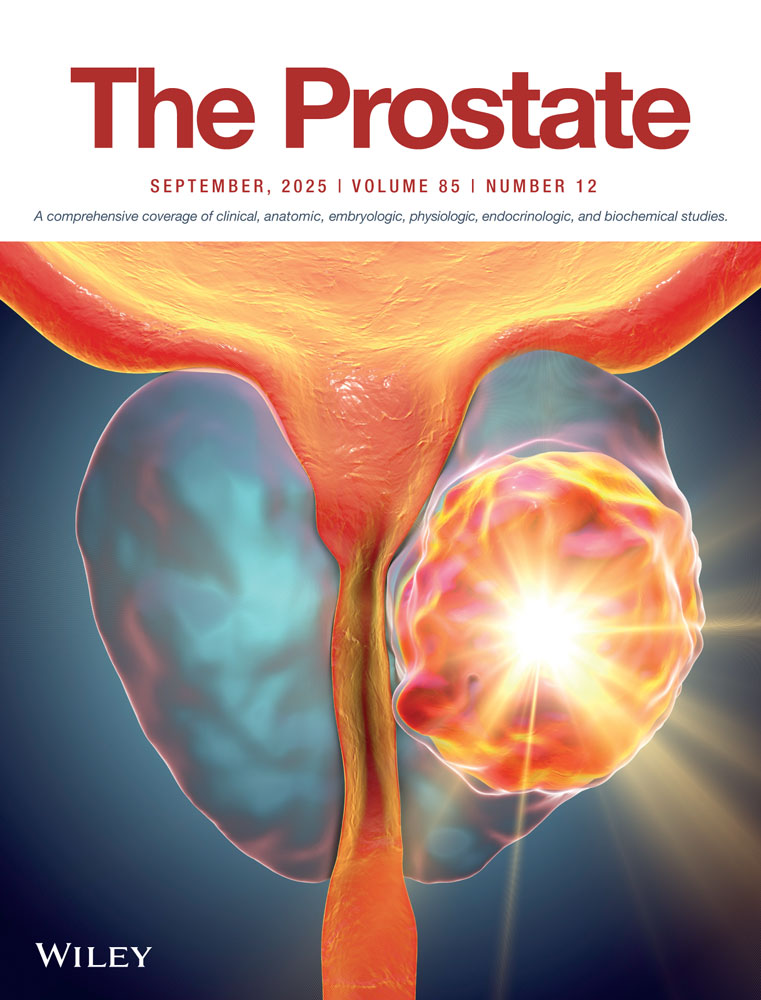miR-152 controls migration and invasive potential by targeting TGFα in prostate cancer cell lines†
Chen Zhu, Jie Li, and Qi Ding contributed equally to this work.
Abstract
BACKGROUND
MicroRNAs (miRNAs) are a class of short non-coding RNAs that function in diverse biological processes. Aberrant miR-152 expression has been frequently reported in various malignant tumors. However, the mechanism of miR-152 in prostate cancer (PCa) remains unclear. This study aims to determine the function of miR-152 in PCa cells and identify the novel molecular targets regulated by miR-152.
METHODS
The expression levels of transforming growth factor-alpha (TGFα) were determined in three samples of PCa and adjacent non-tumorous tissues by Western blot analysis. miR-152 levels in 48 primary PCa and 15 non-malignant tissue samples were measured by qRT-PCR. The effects of forced miR-152 expression or TGFα knockdown on PCa cells were evaluated by cell migration and invasion assays, as well as Western blot analysis. Dual-luciferase reporter assay was used to identify binding sites between miR-152 and TGFα 3′-UTR.
RESULTS
TGFα was upregulated in PCa tissue samples compared with that in adjacent normal ones. miR-152 expression was significantly decreased in primary PCa samples compared with that in non-malignant samples. Patients with Gleason scores >7 exhibited lower miR-152 levels than those with lower scores. Moreover, low miR-152 expression is correlated with advanced pathological T-stages. Forced miR-152 expression or TGFα knockdown significantly reduced the migratory and invasive capabilities of PCa cells in vitro. TGFα is a direct target gene of miR-152.
CONCLUSIONS
Our findings suggest that miR-152 can act as a tumor suppressor that targets TGFα. miR-152 is a promising molecular target that inhibits PCa cell migration and invasion. Prostate 73: 1082–1089, 2013. © 2013 Wiley Periodicals, Inc.




